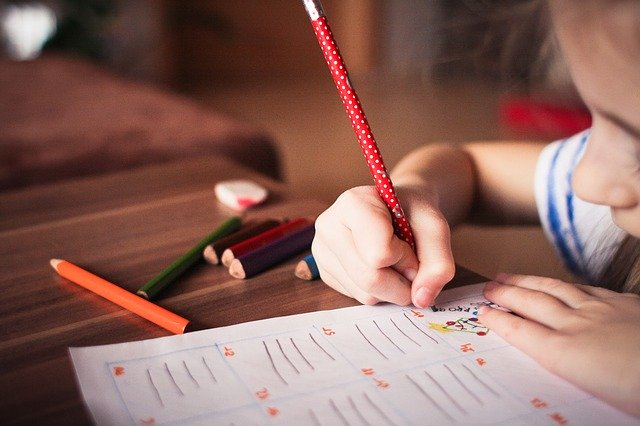
When a local newspaper featured a picture of one of our students at a peaceful protest against police brutality, the staff at the small special education program where I work were filled with pride. The picture captured the student as a courageous leader in her community, fighting for systemic change. Raising high a sign reading “NO JUSTICE, NO PEACE,” she was leading the crowd in the chant, clearly screaming so her voice would carry. The top of the sign had a visible rip down the middle, where a police officer had tried to grab it from her hands.
Looking at the picture together, a colleague remarked, “Honestly, it’s nice to see her yelling at someone else!” We shared a laugh. This particular student has an identified emotional behavioral disability, and her IEP goal of utilizing emotional regulation skills is a work in progress. Many of us at the school recognized the intense emotion displayed in the photo, as similar raw emotion had often been directed at us within our classrooms by the students with emotional behavioral disabilities in our program.
As I reflected on this moment, I realized the irony of the fact that we were celebrating a published image of one of our students, whose emotional regulation goals we worked so hard to develop, expressing such extreme, public emotion. The reality represented by this experience is this: disability is a social construct.
The technical Individuals with Disabilities Education Act (IDEA) term under which this student qualifies for special education service is emotional disturbance. Disturbance is, according to Google, a breakdown or an interruption of a settled, peaceful or law-abiding behavior.
If This Is ‘Normal,’ How Can We Expect Our Students To Conform?
Of course, as educators, we want our students to experience inner peace, stability, and healing from trauma, and we must continue to strive every day to create classrooms that foster this development. But when we see our students expressing extreme emotions, we need to think about what it is that these emotions are interrupting; what it is that is being broken by these emotional displays.
We need to question the laws by which students are expected to abide, both in school and beyond. This is not to excuse harmful behavior or lower our expectations for students; it is simply to understand that our perceptions of emotion, achievement, and identity are shaped by the political and cultural context in which our schools are built and sustained.
When we classify students as having an emotional disability, or any other type of disability, we are implicitly affirming a particular conception of normal. But when we look at the inequities that have become so clear during the pandemic, and during the subsequent protests against police brutality and other injustices, how can we possibly expect our students to conform to this type of normal? Are there not times when disturbance should, in fact, be celebrated?
A Student’s Extreme Emotions Are Not a Personal Assault
Too often, we take our students’ extreme emotions as personal assaults. But at the end of the day, a lot of students’ intense emotional displays are not actually about us as educators. They are about a system that does not allow them to express themselves and be heard. They are about a system that was not designed to benefit them, that was in fact built through oppression and that has labeled them as deficient in one way or another. And no matter how well we do our job as educators, no matter how strong our special education services are, a single IEP, or a set of benchmarks and goals, cannot single-handedly change the system.
We must remember that our students, as well as ourselves and the rest of the staff members, are living in a time where we are taking part in a process of collective grief and reconciliation. We are asked to dis-regulate, to become disturbed, and to recognize and validate the emotions with which our students enter schools and function within them.
As Frederick Douglass stated, “It is easier to build strong children than to repair broken men.” We have the opportunity to capitalize on our students’ emotional responses to everything going on in this historical moment as learning moments and as lessons that extend beyond an IEP goal.
We have the opportunity to rethink what we mean by socially constructed identity markers, including race, gender and disability. As we do, we must push ourselves to validate our students’ emotions and continue to equip our students to grow and develop as leaders, recognizing each of their capacities regardless of the labels by which they have been identified in our schools and societies.
get headlines https://thecherrycreeknews.com
No comments:
Post a Comment